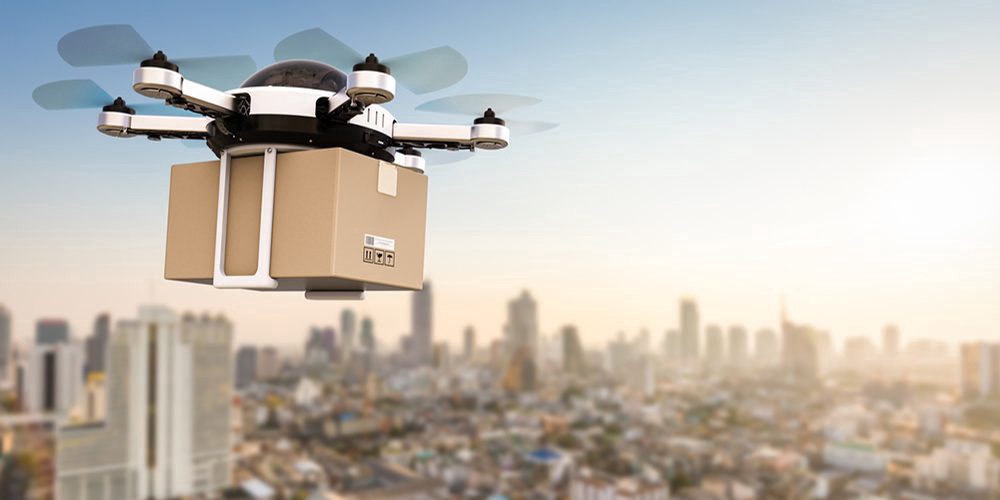
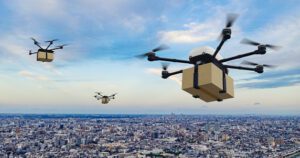
Key Takeaways
- Cargo drones are getting smarter with better navigation systems.
- New designs allow drones to carry heavier loads.
- Drones can help reduce pollution by using less energy.
- Governments are still figuring out rules for flying drones.
- Cargo drones can change how we deliver healthcare, retail, and farming items.
Technological Advancements in Cargo Drones
Cargo drones are changing the way we think about delivering goods. These uncrewed aerial vehicles (UAVs) are becoming more innovative and efficient, making them a vital part of the future of logistics. Here are some key advancements:Autonomous Navigation Systems
- Self-flying technology: Drones can now navigate without human help, using GPS and sensors to avoid obstacles.
- Real-time data processing: They can analyze their surroundings and decide on the fly.
- Improved safety: With better navigation, the chances of accidents are reduced.
Payload Capacity Innovations
- More oversized cargo holds: New designs allow drones to carry more weight, making them suitable for various deliveries.
- Modular designs: Some drones can change their shape to carry different goods.
- Heavy-lift capabilities: Advanced models can transport more oversized items, like medical supplies or equipment.
Energy Efficiency Improvements
- Longer flight times: New battery technologies are extending the length of time drones can stay in the air.
- Solar power options: Some drones are designed to use solar energy, reducing their carbon footprint.
- Lightweight materials: Using stronger yet lighter materials helps drones fly farther and carry more.
The future of cargo drones looks bright, with innovations paving the way for faster and more efficient deliveries.These advancements are not just about technology but about making deliveries quicker and more reliable, especially in hard-to-reach areas. As we see more cargo drones in the sky, we can expect a significant change in how goods are transported worldwide.
Regulatory Challenges and Solutions
Airspace Management
One of the biggest challenges for cargo drones is airspace management. As more drones take to the skies, ensuring they can operate safely alongside traditional aircraft becomes crucial. This requires:- Clear guidelines for drone flight paths.
- Coordination between drone operators and air traffic control.
- Development of technology to prevent collisions.
Safety Protocols
Safety is a top priority in the aviation industry. Cargo drones must follow strict safety protocols to protect the public and the environment. Key points include:- Drones must be equipped with identification systems.
- Operators need to undergo thorough training.
- Regular maintenance checks are essential to ensure drones are in good working order.
International Regulations
Different countries have different rules for cargo drones, which can create confusion. International regulations are needed to help standardize these rules. Some critical aspects include:- Establishing a common framework for drone operations.
- Encouraging countries to share best practices.
- Supporting innovation while ensuring safety.
The future of cargo drones depends on finding a balance between innovation and safety. Without clear regulations, the industry may struggle to grow effectively.Addressing these regulatory challenges is vital for successfully integrating cargo drones into our airspace and economy.
Applications of Cargo Drones in Various Industries
 Cargo drones are changing how goods are delivered across different sectors. These drones enable same-day delivery to remote areas faster and cheaper. Here are some critical applications:
Cargo drones are changing how goods are delivered across different sectors. These drones enable same-day delivery to remote areas faster and cheaper. Here are some critical applications:Healthcare and Emergency Services
- Medical Deliveries: Drones can quickly transport essential medicines and supplies to hospitals and clinics, especially in hard-to-reach areas.
- Emergency Response: In disaster situations, drones can immediately deliver medical aid and supplies to affected regions.
- Sample Transport: Drones carry medical samples to laboratories for testing, ensuring timely results.
E-commerce and Retail
- Last-Mile Delivery: Drones can deliver packages directly to customers’ homes, reducing delivery times significantly.
- Inventory Management: Retailers use drones to manage warehouse stock levels, improving efficiency.
- Cost-Effective Solutions: Drones help lower delivery costs, making it easier for businesses to compete in the e-commerce market.
Agriculture and Environmental Monitoring
- Crop Monitoring: Drones can survey large fields, providing farmers with crop health and growth data.
- Pesticide and Fertilizer Delivery: Drones can apply crop treatments, saving time and labor costs.
- Wildlife Conservation: Drones monitor wildlife and track environmental changes, aiding conservation efforts.
Cargo drones are not just a trend; they represent a significant shift in how industries operate, making processes faster and more efficient.
| Industry | Key Benefits |
|---|---|
| Healthcare | Fast delivery of medical supplies |
| E-commerce | Reduced delivery times and costs |
| Agriculture | Efficient monitoring and treatment application |
Economic Impact of Cargo Drones
 Cargo drones are changing the way goods are delivered, and this shift has significant economic implications. The low-altitude economy is expected to increase, contributing substantially to GDP in various regions. Here are some key points regarding the economic impact of cargo drones:
Cargo drones are changing the way goods are delivered, and this shift has significant economic implications. The low-altitude economy is expected to increase, contributing substantially to GDP in various regions. Here are some key points regarding the economic impact of cargo drones:Cost Reduction in Logistics
- Lower Delivery Costs: Drones can reduce the cost of delivering goods, especially in rural areas where traditional delivery methods are expensive.
- Faster Delivery Times: With drones, businesses can deliver products more quickly, improving customer satisfaction.
- Reduced Labor Costs: Automation through drones can decrease the need for human labor in logistics, leading to cost savings.
Job Creation and Market Opportunities
- New Job Roles: While some jobs may be lost, new roles in drone operation, maintenance, and logistics management will emerge.
- Market Growth: The cargo drone market is projected to reach $16.9 billion by 2032, with a CAGR of 38.1%.
- Investment Opportunities: Increased interest from investors in drone technology is expected to create more business opportunities.
Investment and Funding Trends
- Rising Investments: Companies invest heavily in drone technology to enhance delivery services.
- Government Support: Regulatory frameworks are being developed to support the growth of the cargo drone industry.
- Innovative Startups: New startups are entering the market, bringing fresh ideas and competition.
The cargo drone market is reshaping logistics by swiftly delivering food, life-saving drugs, and essential goods. This transformation is not just about technology; it’s about creating a more efficient and sustainable future for delivery services.In summary, cargo drones have a profound economic impact, with potential benefits in cost savings, job creation, and market expansion. As technology advances, their role in the economy will only grow stronger.
Environmental Benefits of Cargo Drones
Reduction in Carbon Footprint
Cargo drones are a more eco-friendly option than traditional delivery vehicles. They operate on electric power, which significantly reduces greenhouse gas emissions. This shift to electric-powered drones can substantially decrease the logistics industry’s carbon footprint.Sustainable Delivery Solutions
The use of cargo drones promotes sustainable delivery methods. Here are some key points:- Lower emissions: Drones can cut CO2 emissions by up to 60% compared to conventional freight methods.
- Energy efficiency: Drones are designed to be energy-efficient, using less power for longer distances.
- Reduced traffic congestion: By flying over traffic, drones can help alleviate road congestion, leading to less idling and emissions from ground vehicles.
Impact on Urban Traffic Congestion
Cargo drones can play a crucial role in reducing urban traffic. They can deliver goods directly to consumers without needing delivery trucks. This can lead to:- Faster deliveries: Drones can bypass traffic, ensuring quicker delivery times.
- Less road wear: Fewer delivery trucks mean less wear and tear on roads, reducing maintenance costs.
- Improved air quality: With fewer vehicles on the road, urban areas can experience better air quality.
The future of logistics is leaning towards sustainability, and cargo drones are at the forefront of this change. Their ability to operate efficiently and reduce emissions makes them a vital part of the solution to environmental challenges in the delivery industry.
Future Trends in Cargo Drone Technology
Integration with AI and Machine Learning
The future of cargo drones is closely tied to artificial intelligence (AI) and machine learning. These technologies will enable drones to:- Navigate autonomously with improved accuracy.
- Optimize delivery routes in real-time, reducing travel time.
- Learn from past deliveries to enhance efficiency.
Expansion of Delivery Networks
As the demand for quick deliveries grows, cargo drones will play a crucial role in expanding delivery networks. This includes:- Reaching remote areas that are hard to access by traditional vehicles.
- Providing last-mile delivery solutions in urban settings.
- Collaborating with existing logistics companies to enhance service coverage.
Innovations in Drone Design
The design of cargo drones is evolving to meet various needs. Future innovations may include:- Increased payload capacity to carry more goods.
- Enhanced energy efficiency to reduce operational costs.
- Advanced safety features to ensure secure deliveries.
The global drone market is set to reach a staggering $54.6 billion by 2030, with the commercial segment outpacing overall growth at a 7.7% CAGR. This growth highlights the significant potential of cargo drones in transforming logistics and delivery services.
Case Studies of Successful Cargo Drone Implementations

Dronamics and Qatar Airways Partnership
Dronamics has made significant strides in the cargo drone industry by partnering with Qatar Airways. This collaboration focuses on middle-mile logistics, aiming to enhance delivery efficiency. Dronamics’ flagship drone, the Black Swan, is designed to transport goods over medium distances, making it ideal for reaching remote areas.Amazon Prime Air Initiatives
Amazon has pioneered the cargo drone space with its Prime Air initiative. This program aims to deliver packages using drones within 30 minutes. The company has invested heavily in developing autonomous drones that navigate urban environments, significantly reducing delivery times.Zipline’s Medical Deliveries in Africa
Zipline has revolutionized healthcare logistics in Africa by using drones to deliver medical supplies to remote locations. This service has provided life-saving medications and blood supplies to hard-to-reach areas. Zipline’s operations have demonstrated the potential of drones in emergencies, showcasing their ability to save lives.Drones are changing the way we think about delivery, especially in areas where traditional methods fall short.
| Company | Key Focus Area | Impact |
|---|---|---|
| Dynamics | Middle-mile logistics | Enhanced delivery efficiency |
| Amazon | Fast package delivery | Reduced delivery times to 30 minutes |
| Zipline | Medical supply delivery | Life-saving deliveries in remote areas |
Conclusion
In conclusion, cargo drones hold great promise for the future of delivery services. They can make transporting goods faster and more efficient, especially in hard-to-reach areas. As technology improves and rules become more apparent, we may see drones become a common sight in our skies. This could change how we think about shipping, making it easier for everyone to get what they need quickly. While there are still challenges to overcome, the potential benefits of cargo drones are exciting. They could help connect people and places like never before, making life a little easier for everyone.Frequently Asked Questions
What are cargo drones?
Cargo drones are flying machines that carry and deliver packages without a pilot. They can transport goods quickly and efficiently.
How do cargo drones navigate?
Cargo drones use advanced technology, like GPS and sensors, to find their way. This helps them avoid obstacles and reach their destination safely.
What industries use cargo drones?
Cargo drones are used in many fields, such as healthcare to deliver medicines, e-commerce to ship products, and agriculture to monitor crops.
Are cargo drones safe?
Yes, cargo drones are designed with safety features. They follow strict rules and regulations to ensure safe flying and delivery.
How do cargo drones help the environment?
Cargo drones can reduce traffic and pollution by delivering packages more efficiently. They often use less energy than trucks, which helps lower carbon emissions.
When will cargo drones be widely used?
Experts believe cargo drones will take years to become commonly used. As technology improves and rules are made, they will become more popular.
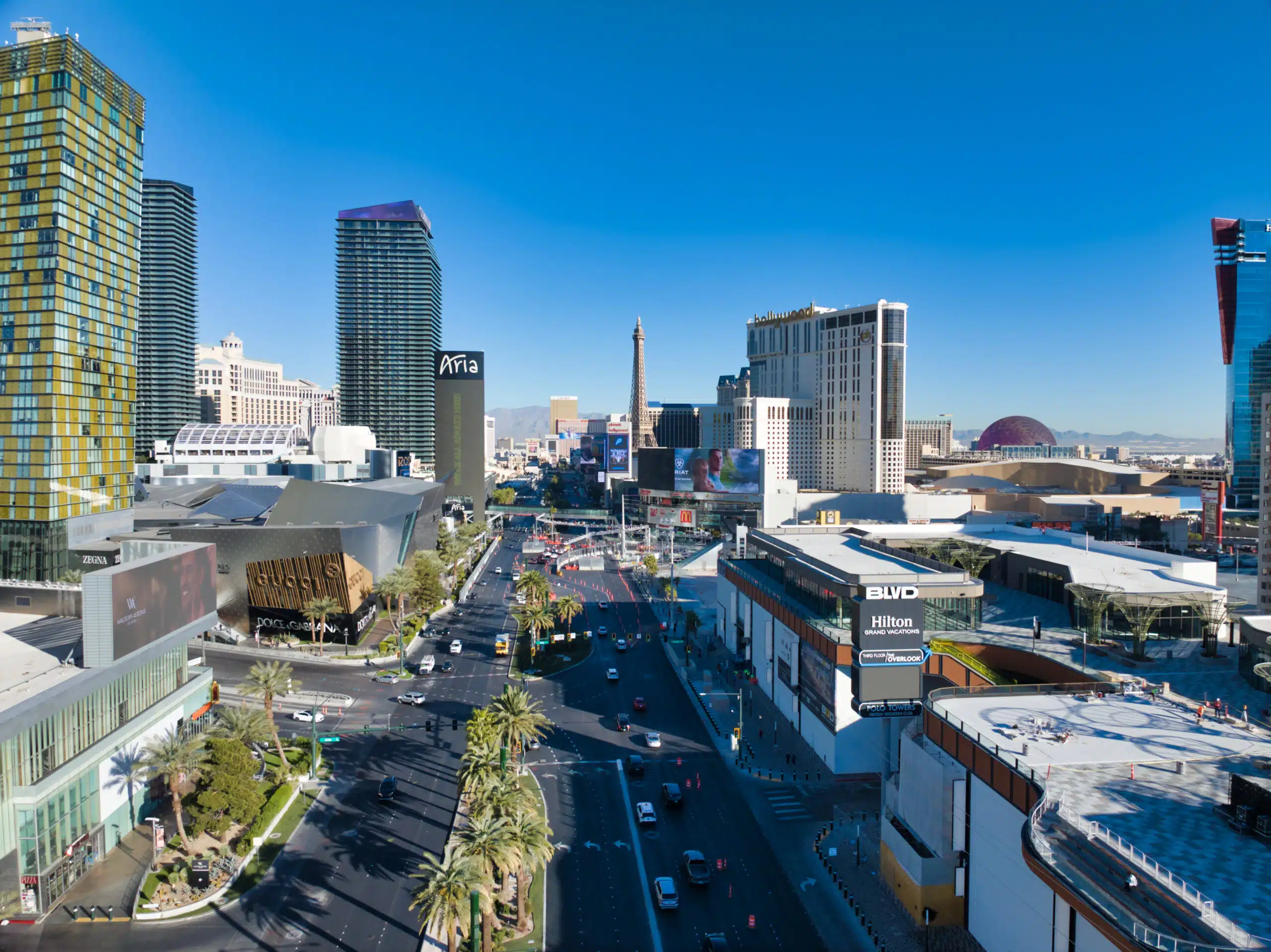

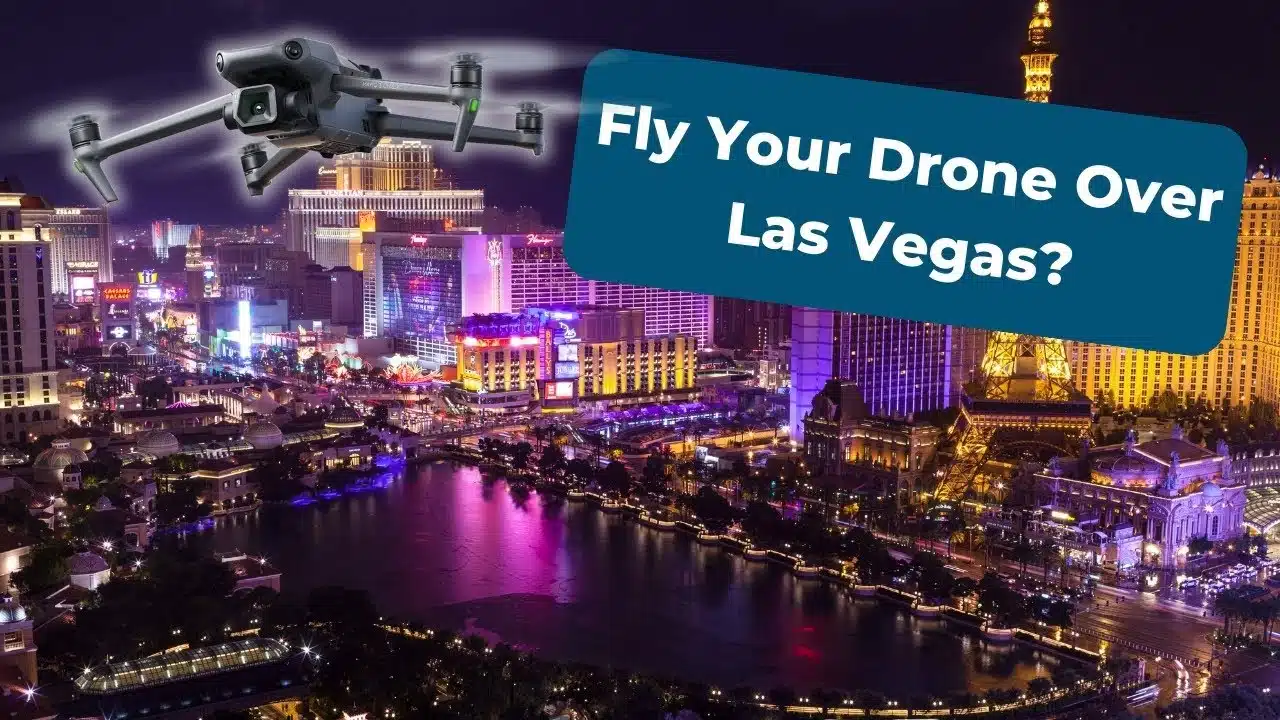
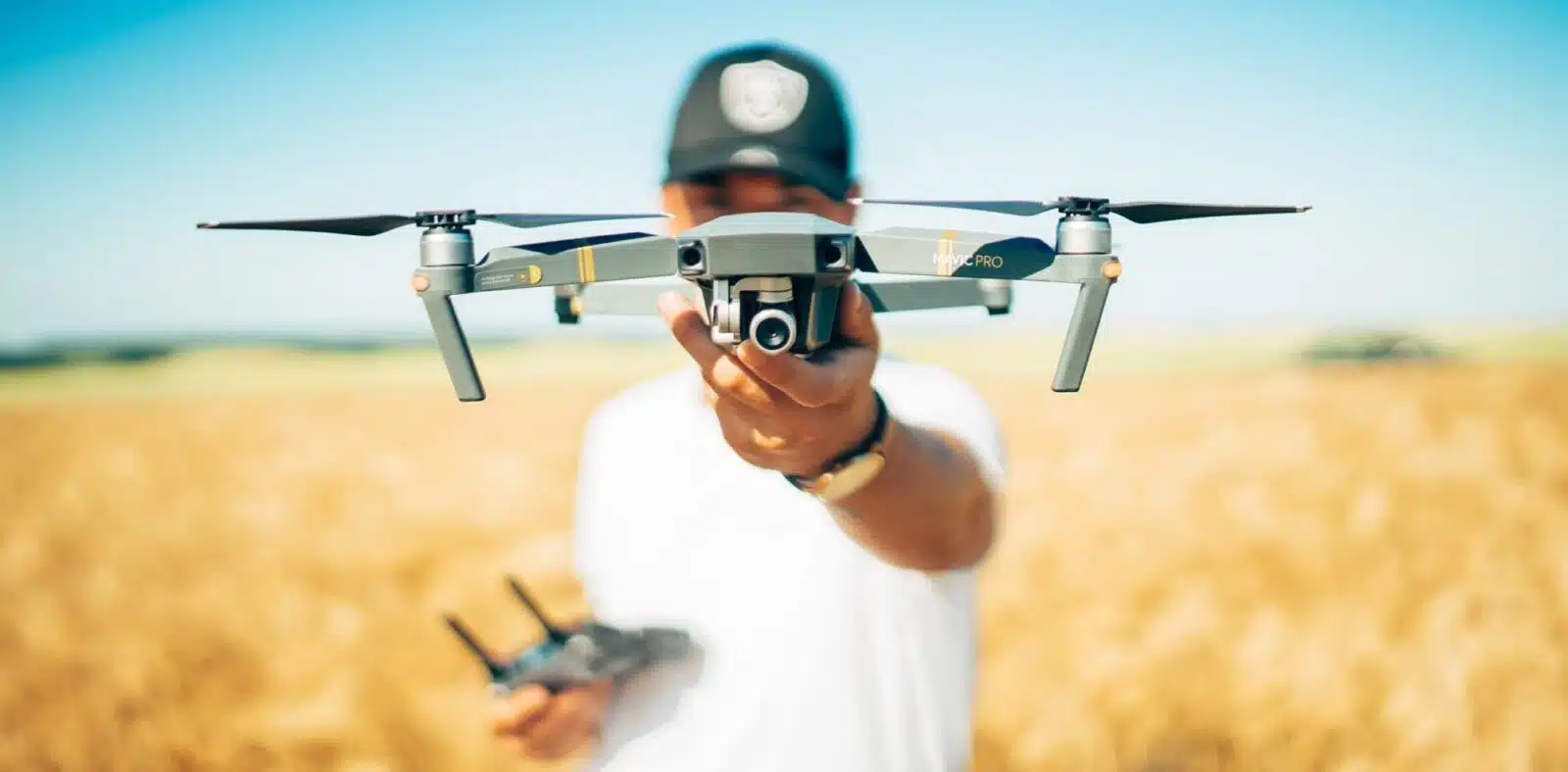

Comments are closed.